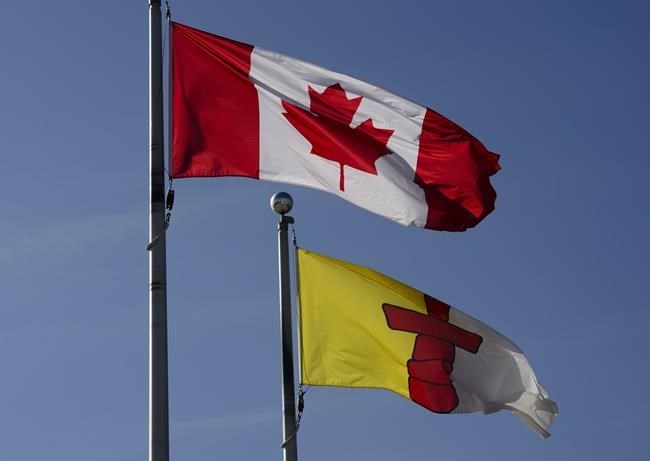IQALUIT, Nunavut — Two national Inuit organizations have released their own plan on how to right social, legal and cultural failings identified by a national inquiry into murdered and missing Indigenous women.
The federal government on Thursday released its own commitments in response to 231 "calls to justice" in the inquiry's 2018 report. Some 46 of those calls are Inuit-specific.
A separate plan by the Inuit Tapiriit Kanatami and the Pauktuutit Inuit Women of Canada sets out 187 ways to help guide governments and Inuit organizations to implement the Inuit-specific recommendations.
"The National Inuit Action Plan will address the gaping inequalities faced by Inuit with concrete, timely and measurable positive changes. Inuit women, girls and 2SLGBTQQIA+ people must achieve substantive equality. We deserve nothing less," the plan says.
Pauktuutit says Inuit women experience violence at a rate 14 times the national average.
The plan is broken down into 14 areas, including shelters and housing, justice and policing, health and wellness, and language and economic security.
It says the federal government must introduce new legislation to amend the RCMP Act to create civilian oversight of the national police force. It also calls on the RCMP to report annually on recommendations made by the Civilian Review and Complaints Commission.
Under the economic security section, the plan urges the federal government to "develop a national basic income model in partnership with Inuit, that, when implemented, will support Inuit families living around or below a jurisdiction’s poverty line."
Pauktuutit says it will focus on building new shelters and transitional housing for Inuit women and children facing domestic violence and on improving health care for women, including access to midwifery, mental-health support and healing programs.
"Only 13 of the 51 communities in Inuit Nunangat (homeland) have emergency shelters for women fleeing violence, leaving most Inuit women who experience violence with no safe place to go."
Pauktuutit says it will also work to improve access to education for Inuit women, including post-secondary schooling and training programs. The 2016 census indicated 43 per cent of Inuit women did not complete high school.
“If we are to end the tragedy of gendered violence, Inuit women must be at the forefront of implementation and monitoring of the National Action Plan for Inuit. This is not a preference — it’s an imperative," Rebecca Kudloo, Pauktuutit president, said in the release.
The Inuit plan highlights underlying factors across Inuit homelands that contribute to high rates of violence against women, including a lack of shelters, housing shortages and limited access to health care.
"For these solutions to be effective, they must be designed and delivered by Inuit, for Inuit. As well, the voices of Inuit women must be at every decision-making table when issues affecting Inuit women are being discussed."
The plan was developed by the 10 members of a national Inuit working group.
"This ... plan is a road map for all governments, Inuit Land Claims Organizations and Inuit as a whole to deliver on their respective responsibilities to help end gendered violence.
"Only when we as Inuit women, girls and gender-diverse people are able to fully exercise and enjoy our human rights — including our rights to safety — can lasting reconciliation be accomplished."
This report by The Canadian Press was first published June 3, 2021.
___
This story was produced with the financial assistance of the Facebook and Canadian Press News Fellowship
Emma Tranter, The Canadian Press




